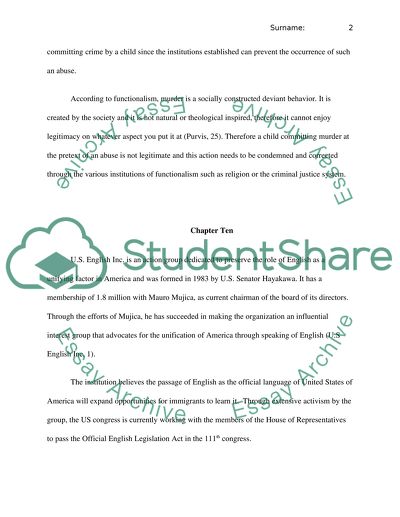Cite this document
(“Sociology HW Essay Example | Topics and Well Written Essays - 2500 words”, n.d.)
Retrieved from https://studentshare.org/sociology/1398956-sociology-hw
Retrieved from https://studentshare.org/sociology/1398956-sociology-hw
(Sociology HW Essay Example | Topics and Well Written Essays - 2500 Words)
https://studentshare.org/sociology/1398956-sociology-hw.
https://studentshare.org/sociology/1398956-sociology-hw.
“Sociology HW Essay Example | Topics and Well Written Essays - 2500 Words”, n.d. https://studentshare.org/sociology/1398956-sociology-hw.


